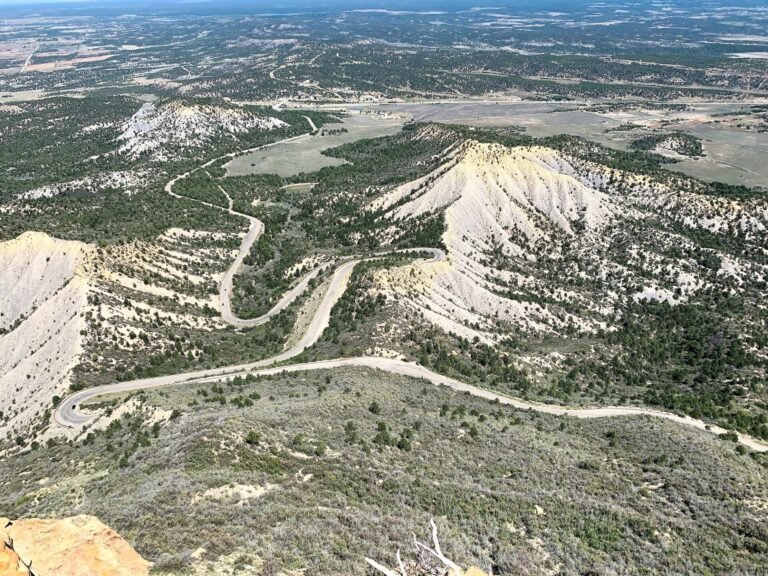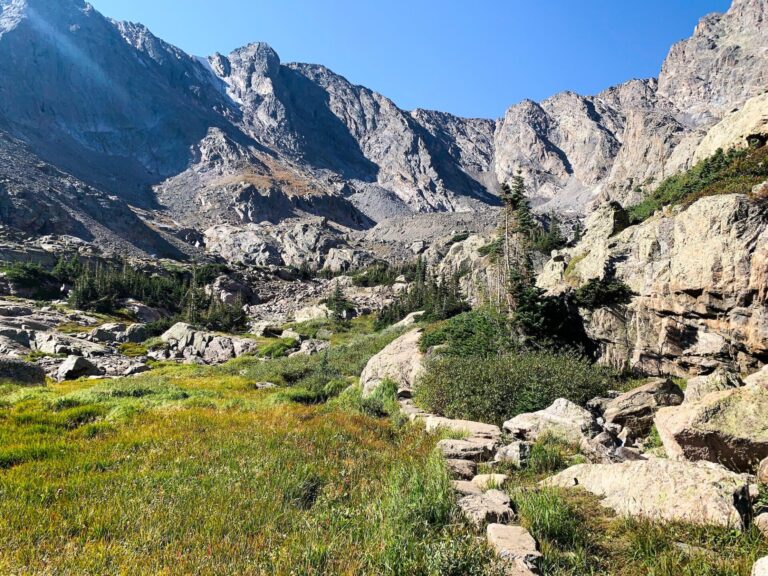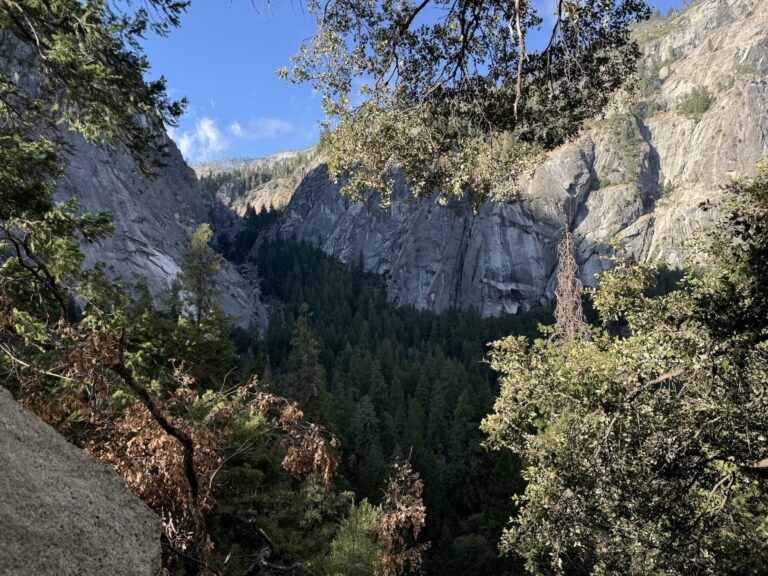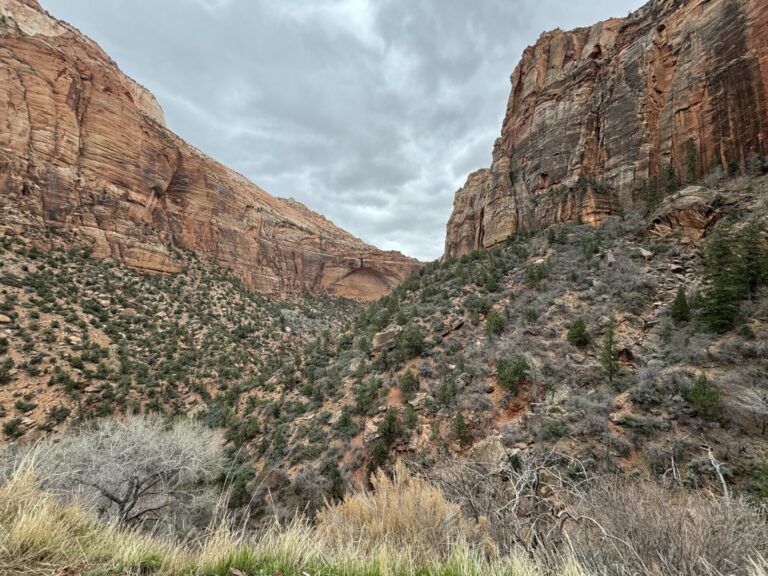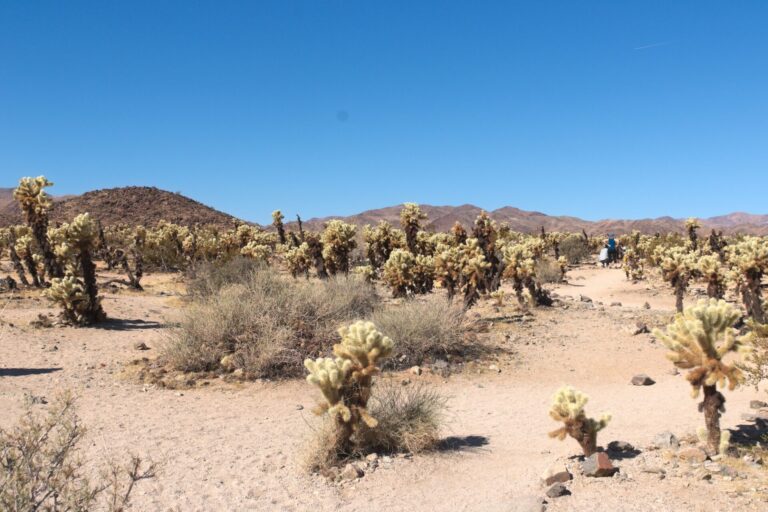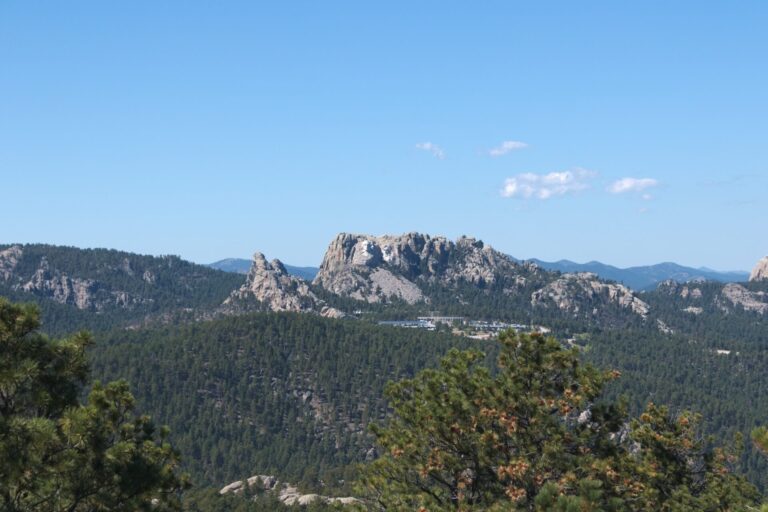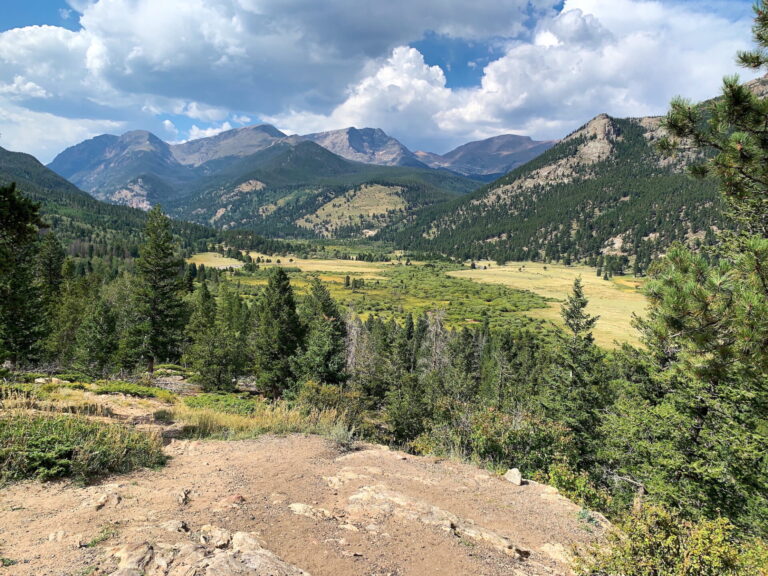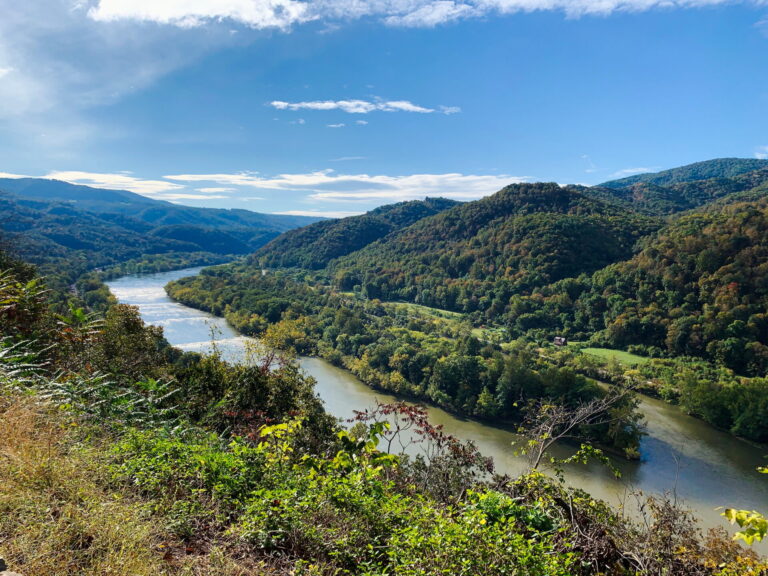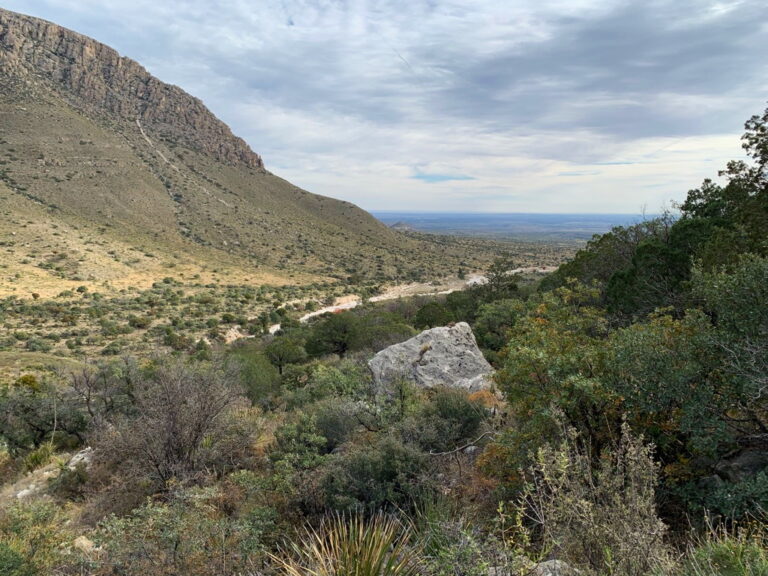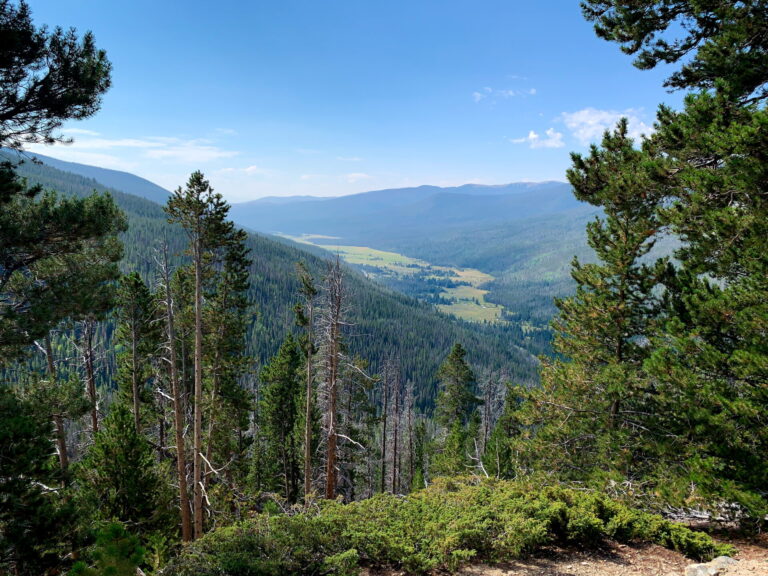Do you want to see some of the amazing scenery in the United States’ National Parks? This page will help you find everything I’ve ever written about the United States’ National Parks.
Currently there are 63 National Parks in the United States. I have a goal to visit all 63 in my lifetime, but have so far only visited 32, so I’m just about at the halfway point.
US National Parks | All National Park Posts | US National Park Itineraries
All US National Parks
Here’s a complete list of all 63 national parks in the United States, including a fun fact or reason you should visit. Click on any national park to learn more.
Acadia (Maine) – This is not the oldest park in the country, but it’s the oldest park east of the Mississippi River. For the best experience, visit in the fall when the leaves have changed into brilliant reds, oranges, and yellows.

American Samoa (American Samoa) – This is the only US National Park in the southern hemisphere and consistently ranks as one of the least visited parks due to its remoteness. Learn about the Samoan culture, hike, or visit one of the beautiful beaches.
Arches (Utah) – While many people flock to the iconic Delicate Arch or some of the other more well known arches, there are more than 2000 arches located within Arches National Park. Pack some good shoes because you’ll do a lot of walking and hiking trying to see as many as you can.
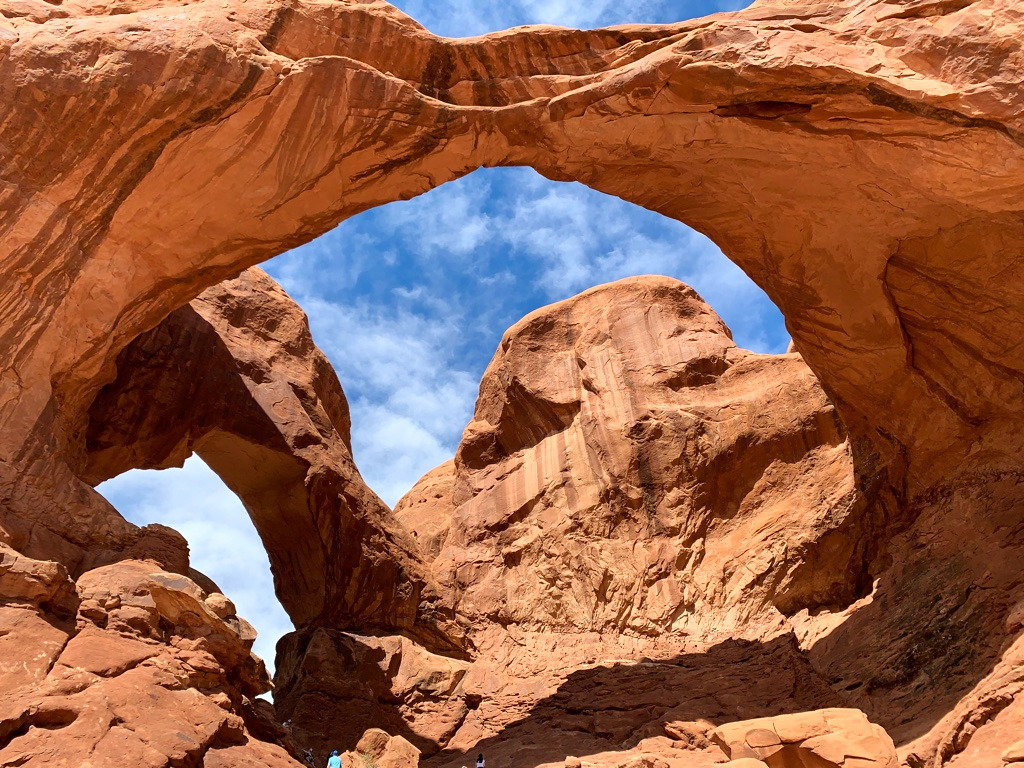
Badlands (South Dakota) – Hike and drive the scenic drive through the park, but don’t forget to check out some of the amazing fossils that have been found here. The park gets its name from the Lakota, who called it “mako sica” or “land that is bad”, because of its ruggedness.
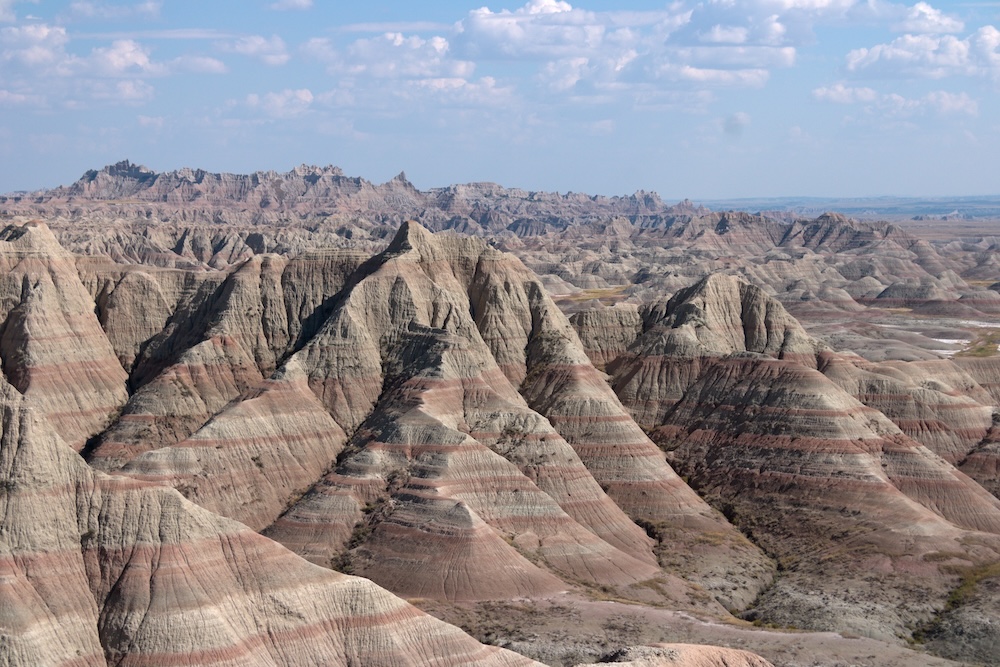
Big Bend (Texas) – Big Bend is home to over 450 species of birds, which is the most diverse bird population of any US National Park. Go hiking or float in the Rio Grande River.
Biscayne (Florida) – 95% of Biscayne is underwater, so it makes sense that the best thing to do is to get out on the water. Snorkel, scuba dive, or just get out on a boat. If you venture under the surface, you’ll find hundreds of shipwrecks and the world’s third largest coral reef system.
Black Canyon of the Gunnison (Colorado) – This canyon is so deep that some parts of the canyon only receive sunlight for 33 minutes per day. Extremely adventurous and fit travelers can hike down into the canyon, but for the average traveler, hike out to some of the stunning viewpoints.
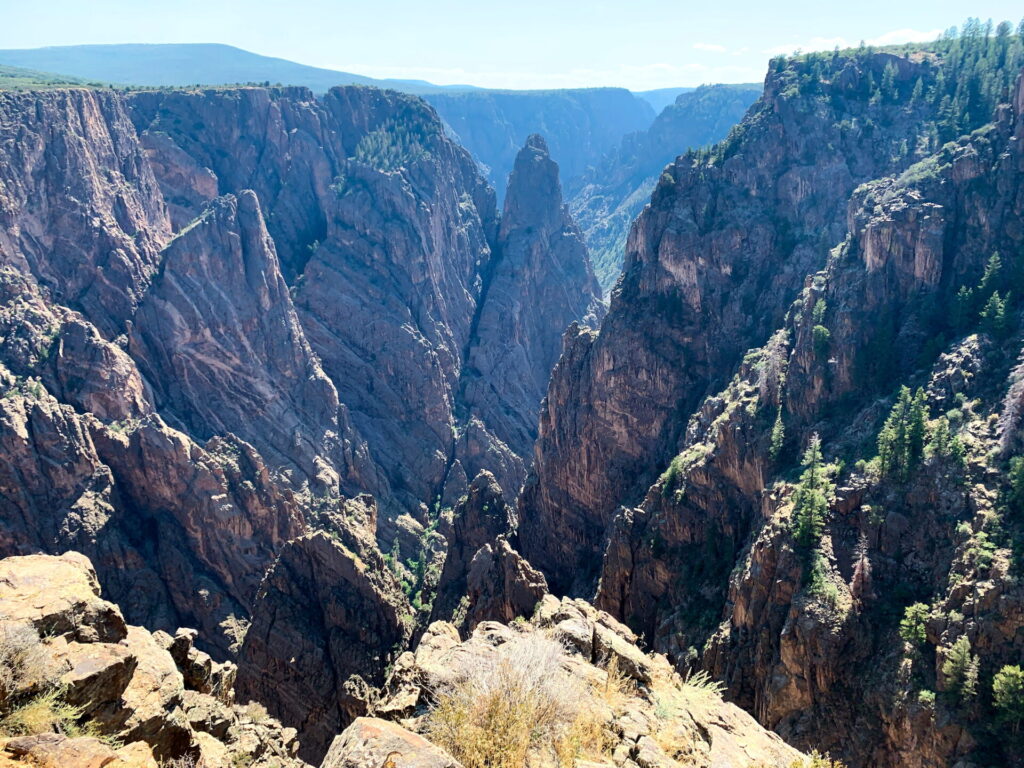
Bryce Canyon (Utah) – Bryce Canyon’s hoodoos – odd shaped rock pillars – are famous and absolutely worth a visit. This park has the largest collection of hoodoos anywhere in the world. To see these hoodoos up close, hike into Bryce Canyon.
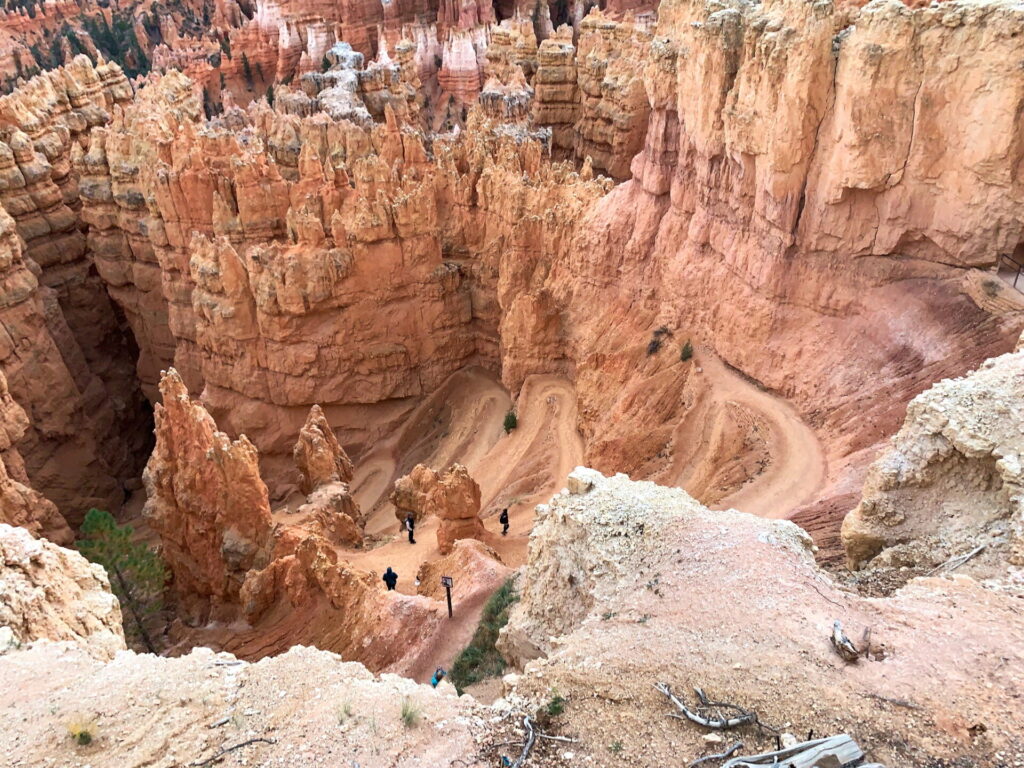
Canyonlands (Utah) – Perhaps the most famous fact about this park is its place in cinema. The famous ending scene from “Thelma and Louise” took place here. On your visit, in some incredible hikes or rent a 4×4 jeep to tackle the White Rim Road.
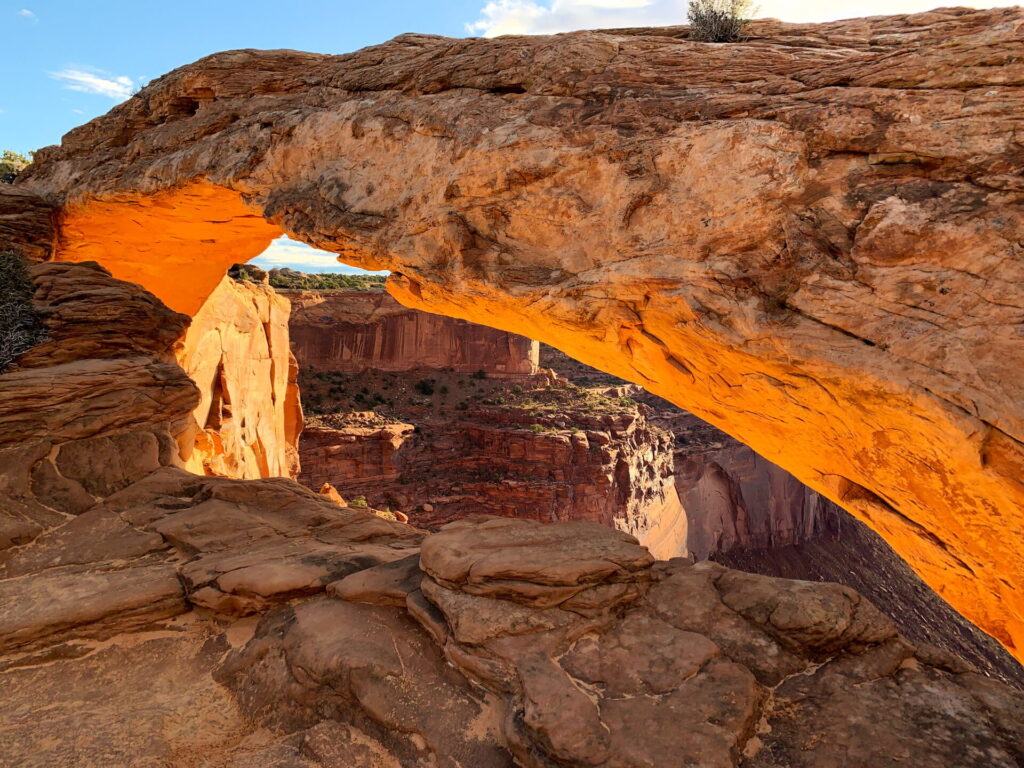
Capitol Reef (Utah) – This area was once populated my Mormons who grew fruits and vegetables. Those plants still produce fruit today and in season, you can pick some yourself. If you’re not looking for vegetables, take advantage of some of the incredible hikes and viewpoints.
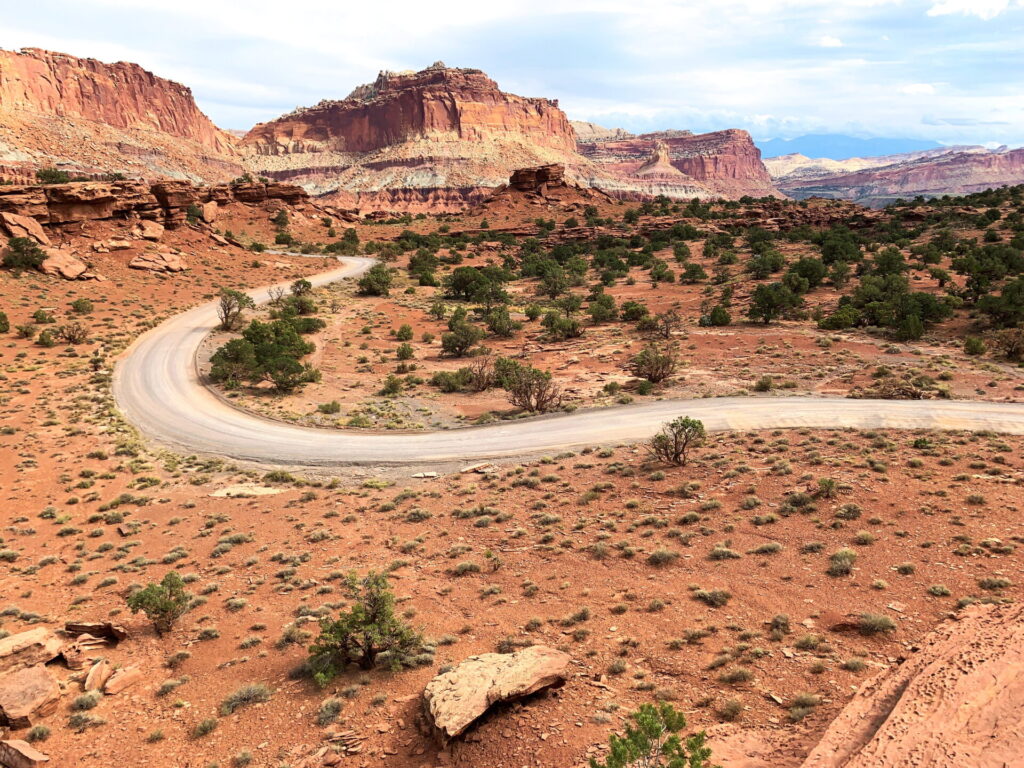
Carlsbad Caverns (New Mexico) – This is home to the country’s deepest cave at 1,593 feet deep. For adventurous hikers, you can hike down through the natural entrance behind the visitor center. Once inside the cave, take some time to admire the rock formations.
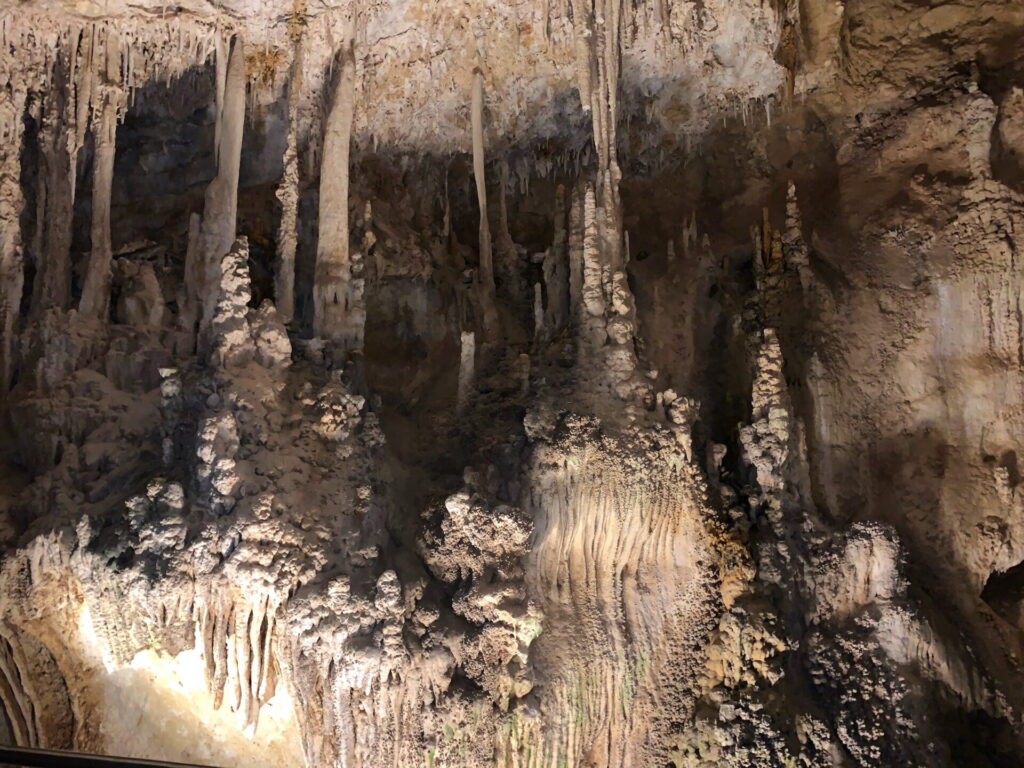
Channel Islands (California) – The oldest human remains in North America were found here. In addition, Channel Islands National Park has the largest concentration of prehistoric sites in North America. This national park is a series of islands, so while you can hike, get out on the water to swim and snorkel.
Congaree (South Carolina) – This national park protects the largest collection of bottomland hardwood forest in the world. Walk along the boardwalk or rent a canoe to get out on the river.
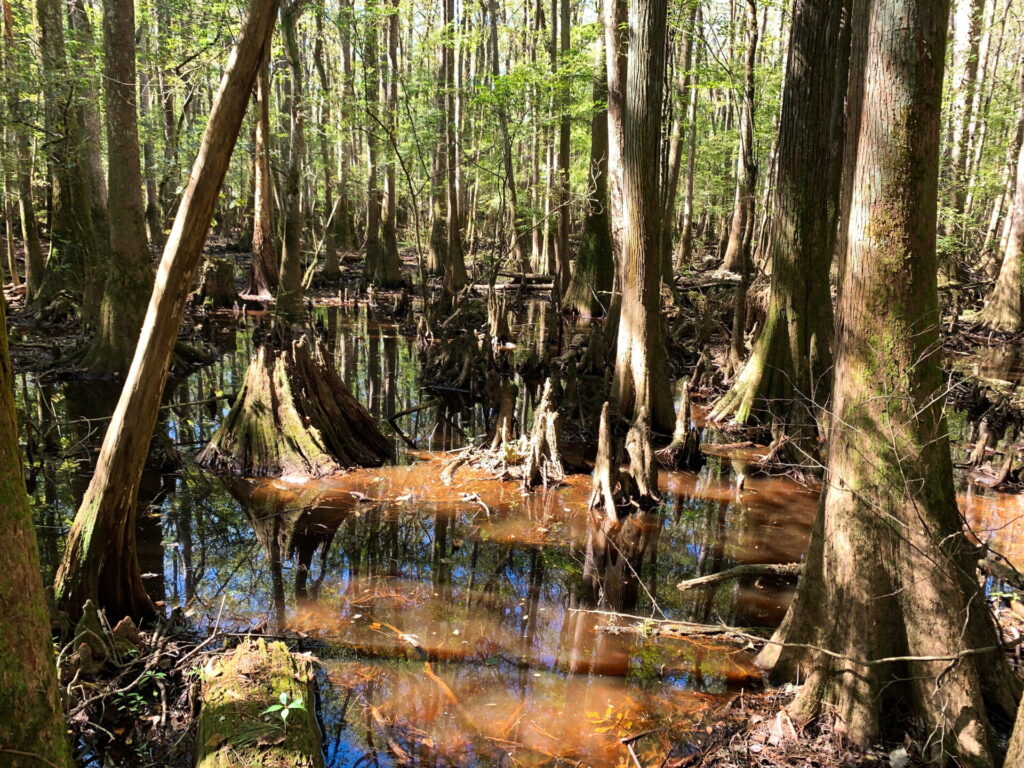
Crater Lake (Oregon) – At 1932 feet, Crater Lake is the deepest lake in the United States. Do some hiking or drive the rim road around Crater Lake.
Cuyahoga Valley (Ohio) – While some national parks are remote, Cuyahoga Valley has a railroad line running through it. Hop on the railroad for a scenic tour, see Ohio’s tallest waterfall, or get out on the more than 100 miles of hiking trails.

Death Valley (California/Nevada) – Death Valley has the distinction of recording the hottest temperature anywhere on earth. In 1913, thermometers reached 134 degrees Fahrenheit (56 degrees Celsius). When the temperature isn’t 134 degrees Fahrenheit, get out and hike.
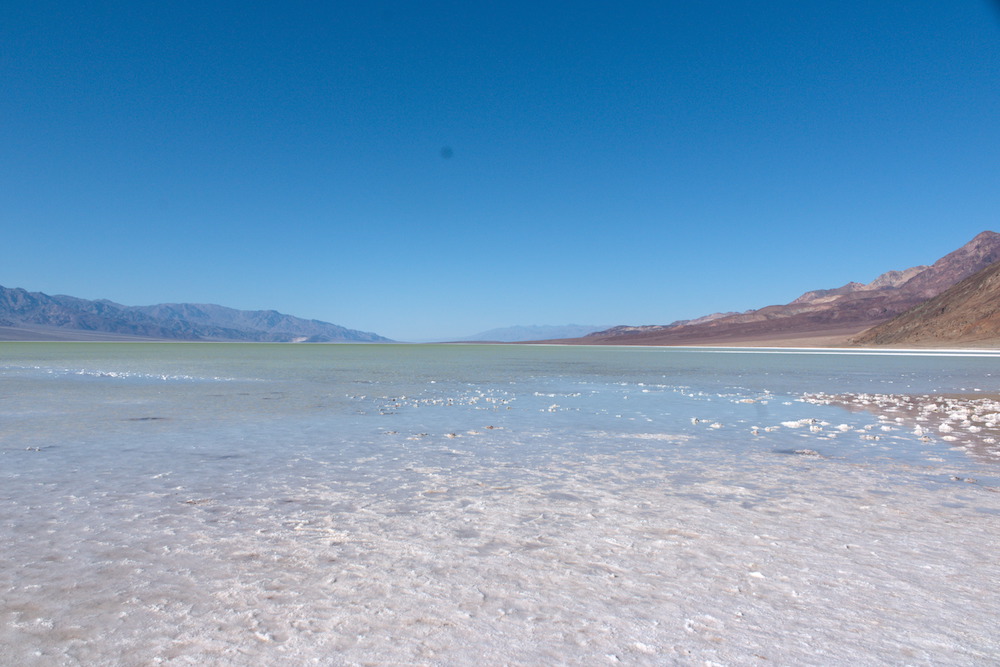
Denali (Alaska) – This park is home to Mount Denali, which is the tallest in North America at 20,310 feet. Hike, ride the shuttle to the end of Denali Park Road, or go dog sledding on your visit.
Dry Tortugas (Florida) – This park was originally a fort and prison, with its most famous prisoner being Samuel Mudd (who shot Abraham Lincoln). Take a seaplane or boat from the main land to tour the fort or relax on the beach.
Everglades (Florida) – The only place in the world where crocodiles and alligators coexist. Get out on the water, by boat, canoe, or airboat, to have the best experience.
Gates of the Arctic (Alaska) – Located in the remote Alaskan wilderness, this national park doesn’t have any mapped trails. This park is ideal for people with the required survival and backpacking skills.
Gateway Arch (Missouri) – Unlike most of the parks on this list, Gateway Arch is located in downtown St. Louis, MO and is home to the city’s famous arch. It’s also the smallest national park at only 91 acres.

Glacier (Montana) – Glacier National Park has 25 active glaciers, more than 700 lakes, and is part of the world’s first international peace park (with Canada’s Waterton Lakes National Park). Hike one of the trails or drive the famous Going to the Sun Road.
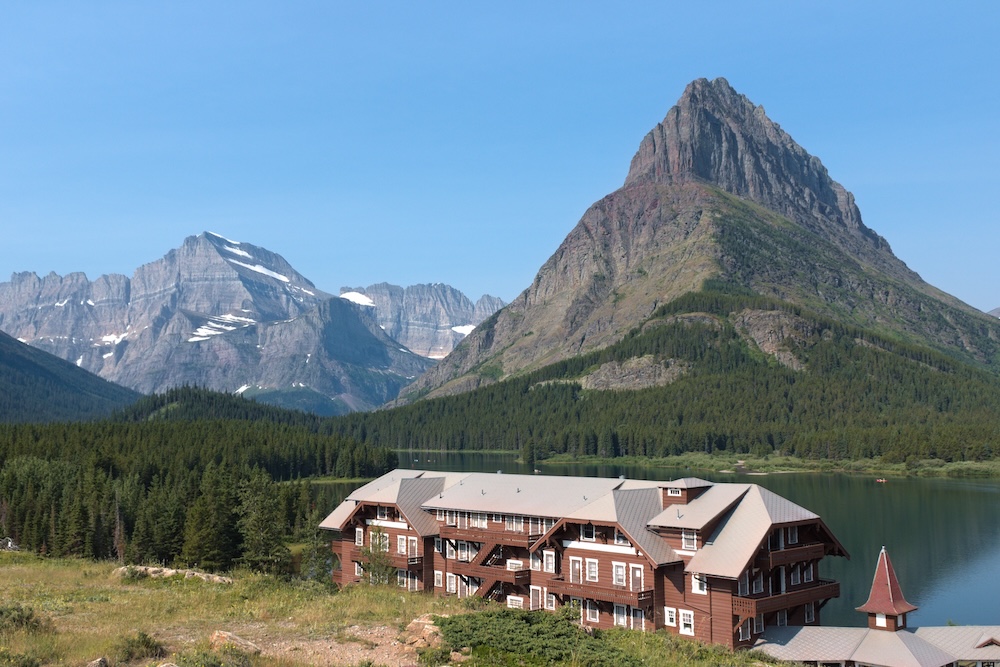
Glacier Bay (Alaska) – Unsurprisingly there’s a lot of glaciers here. In fact, Glacier Bay National Park is home to over 1,000 glaciers. Perhaps the best thing to do is get out on the water to see these dramatic landscapes.
Grand Canyon (Arizona) – A small tribe still lives at the bottom of the Grand Canyon on the Havasupai Indian Reservation. Hike into the canyon or enjoy the views from the rim. There’s no wrong way to explore.
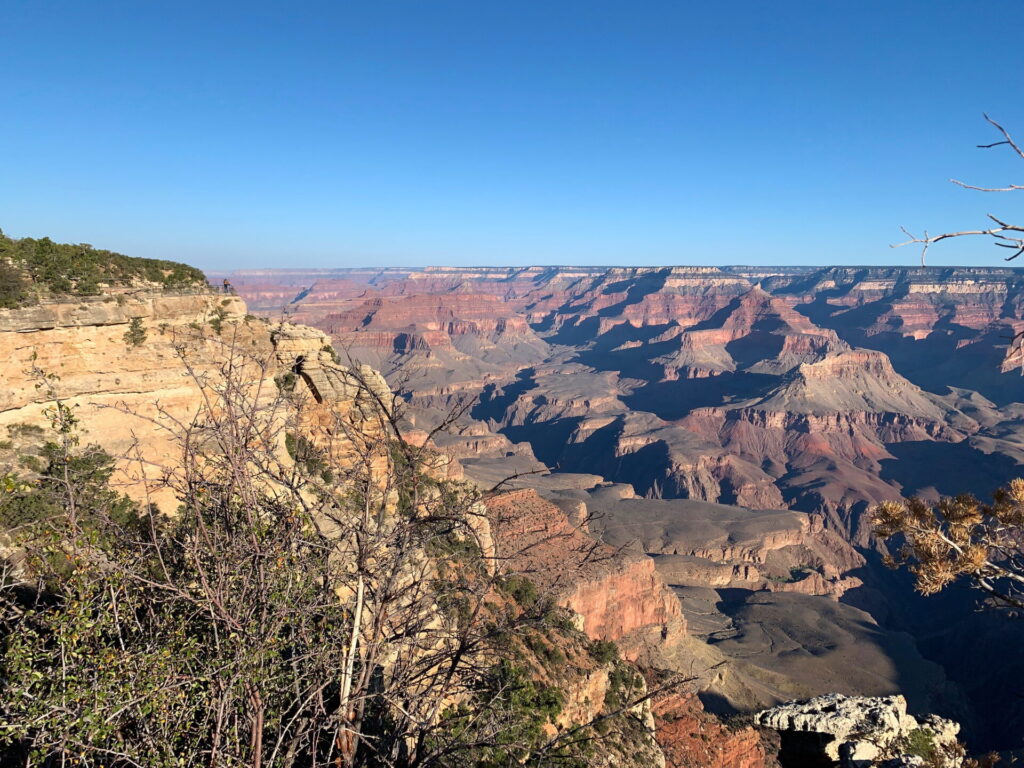
Grand Teton (Wyoming) – Grand Teton is home to some of the youngest mountains in the world. With those mountains comes plenty of hiking opportunities.
Great Basin (Nevada) – Other parks have the largest trees, but Great Basin is home to the oldest trees on earth. See the trees, tour a cave, drive the scenic drive, or take a hike.
Great Sand Dunes (Colorado) – Several national parks in the US feature sand dunes, but you’ll find the tallest sand dune in the country (at 750 feet) here. For some pure fun, rent a sand board and ride down the dunes.

Great Smoky Mountains (Tennessee/North Carolina) – This is the most visited national park, with nearly 13 million visitors in 2022 (the next most visited – Grand Canyon – had under 5 million visitors). There’s plenty of hiking, but for a bucket list item, look at Clingman’s Dome-the tallest mountain east of the Mississippi River.
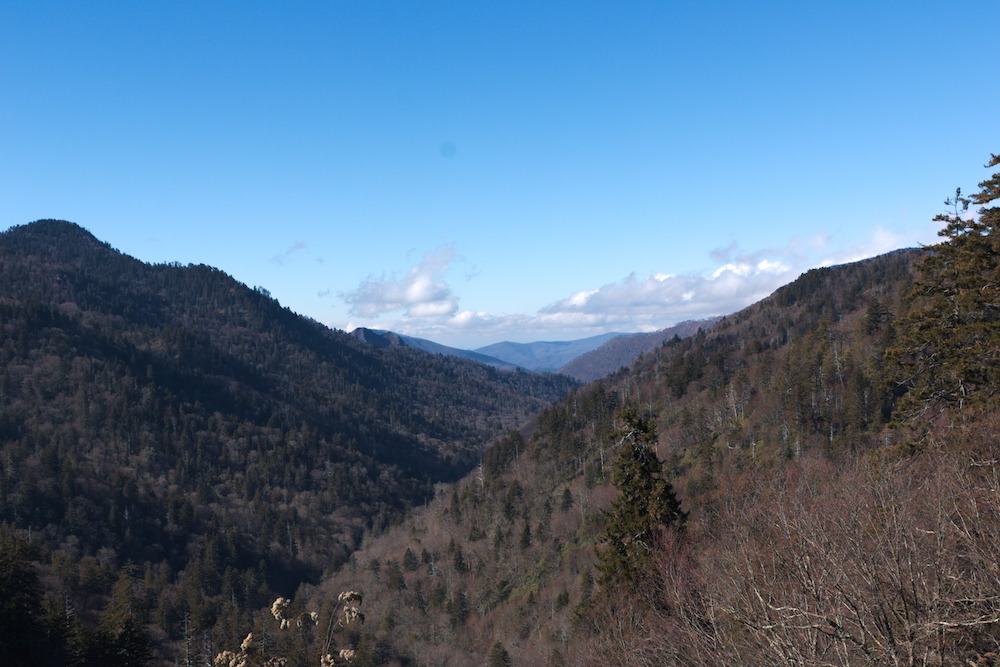
Guadalupe Mountains (Texas) – One of the lesser visited parks, Guadalupe Mountains is home to four of the tallest mountains in Texas. This includes the tallest mountain of Guadalupe Peak at 8,751 feet. Hikers will have a blast tackling these peaks and the other trails throughout the park.
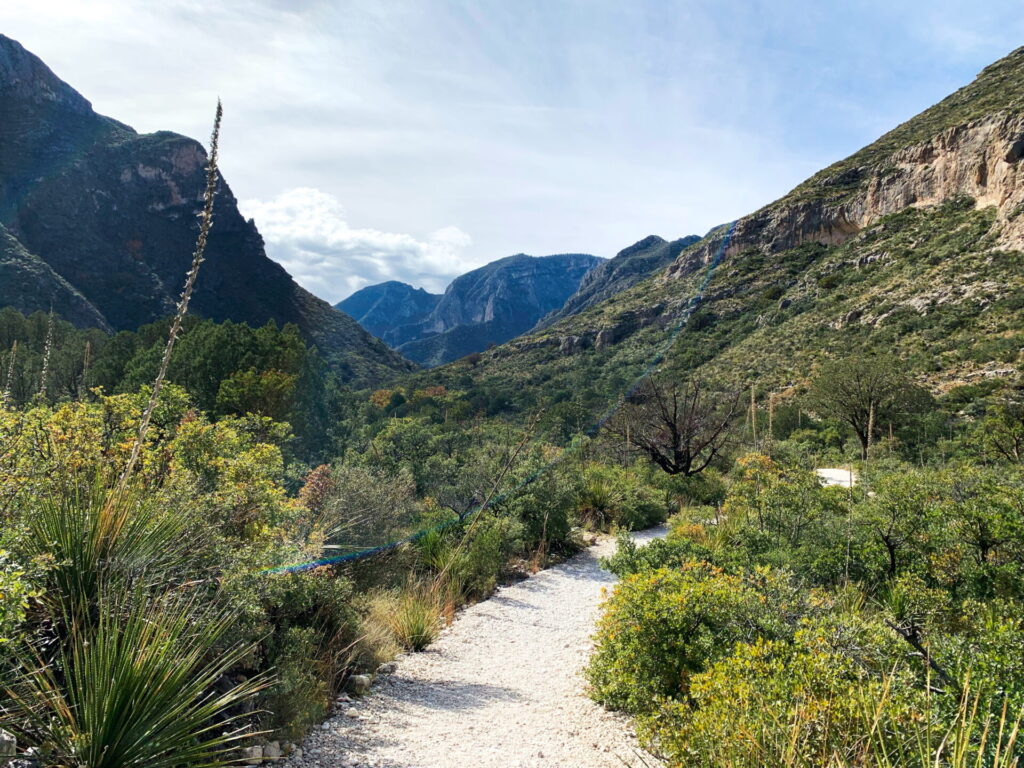
Haleakala (Hawaii) – This national park is named after the Haleakala Volcano. If you measured from its base on the ocean floor to its summit, Haleakala is 29,704 feet tall–that’s taller than Mount Everest! Hike into the dormant volcano’s crater or watch sunrise above the clouds.
Hawaii Volcanoes (Hawaii) – This park is home to two volcanoes, including Kiluaea, which is the most active volcano in the world. See lava flow, get out and hike, or drive the road along the rim of the crater.
Hot Springs (Arkansas) – Although it didn’t become a national park until 1921, Hot Springs was designated a Federal Reserve before Yellowstone became a national park. So technically, you can consider Hot Springs the oldest national park. Soak in the hot springs, take a hike, or explore the historic bath houses.
Indiana Dunes (Indiana) – Yes, you’ll find dunes here, but also beaches, marshes, swamps, savanna, woodland, and prairie ecosystems here. This park is the birthplace of ecology and is the fifth most biodiverse national park in the United States. Take a hike or relax on the shores of Lake Michigan.
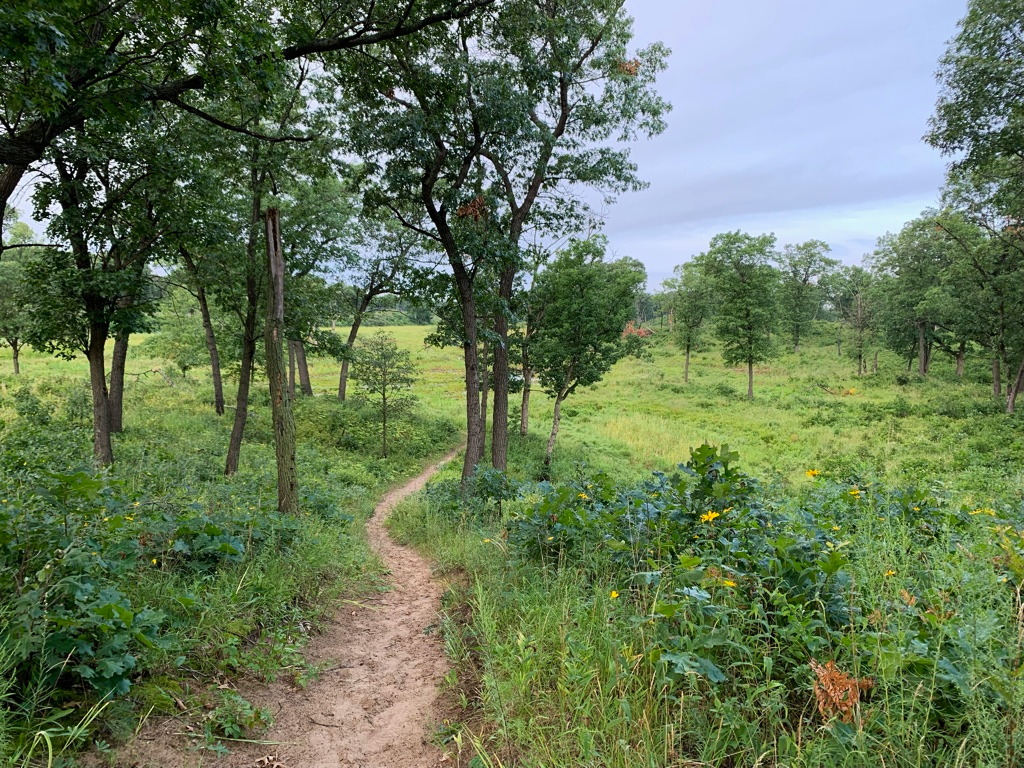
Isle Royale (Michigan) – Located in Lake Superior, this is the only park to completely close in the off season. You can day hike, but for the best experience, pack your overnight backpacking gear.
Joshua Tree (California) – Named after the Joshua Tree, but it’s also home to six different mountain ranges. Get out and hike to have the best experience.
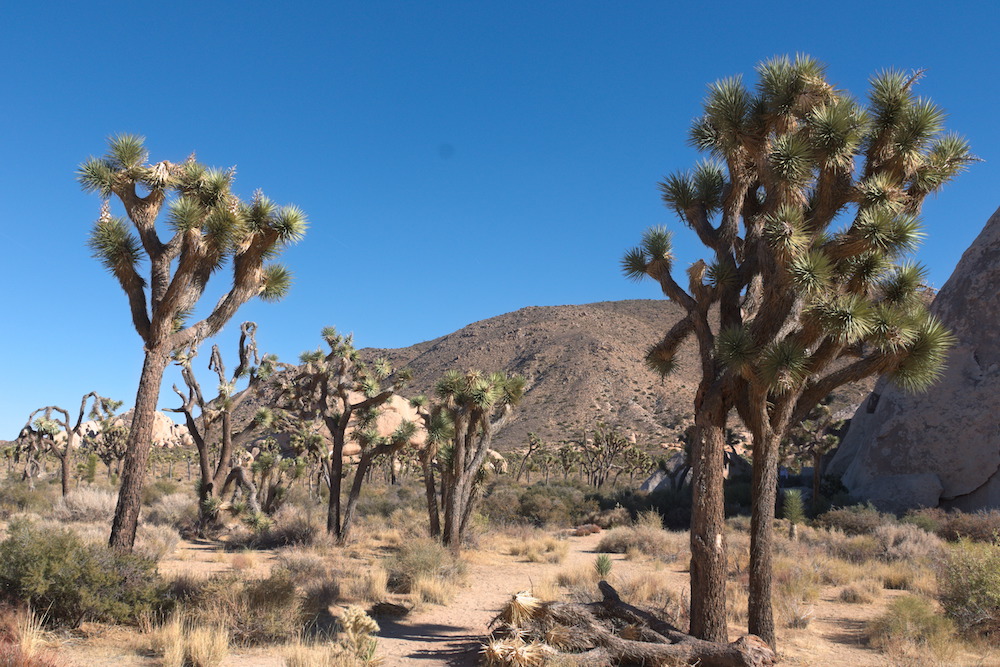
Katmai (Alaska) – This park is home to largest concentration of brown bears anywhere in the world. Visit in July to see the bears feasting on salmon.
Kenai Fjords (Alaska) – For a park that’s over 50% covered in ice, there’s still a lot to do. Cruise the fjords, hike on a glacier, or try ice climbing when you visit.
Kings Canyon (California) – At 8,200 feet, Kings Canyon is the deepest canyon in the United States. This park is managed with Sequoia National Park, so you’ll also find plenty of sequoia trees here too.
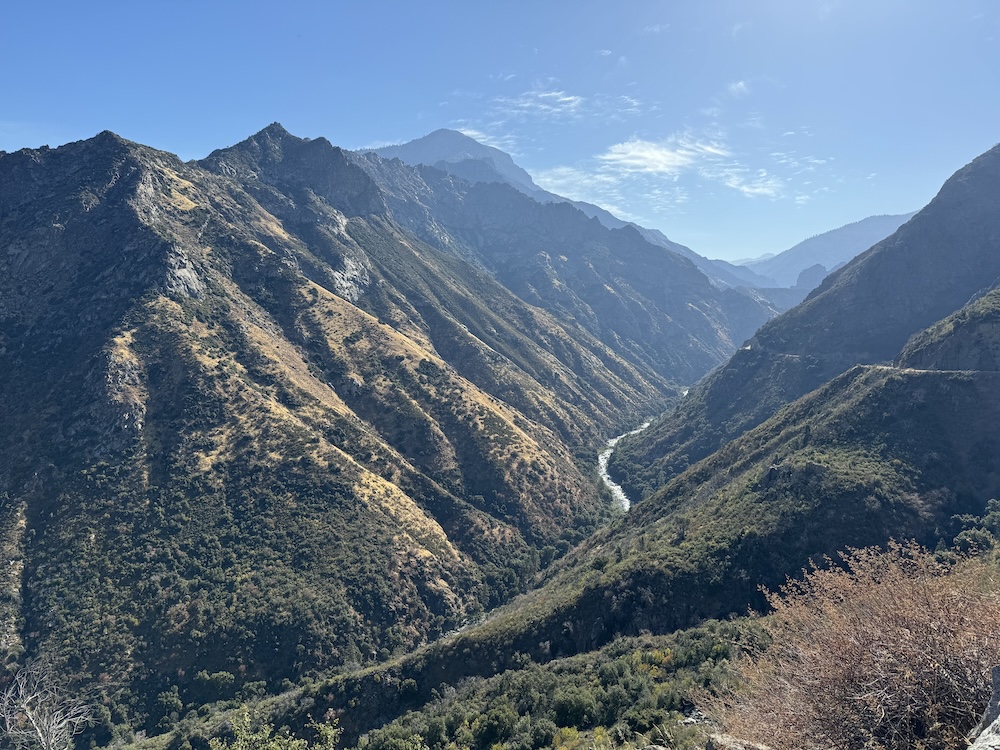
Kobuk Valley (Alaska) – Other parks may have sand dunes, but Kobuk Valley boasts the northern most sand dune in the western hemisphere. Take a flightseeing tour or go camping in this amazing national park.
Lake Clark (Alaska) – You need an airplane or boat to reach this park as there are no roads in. You can fish, raft, hike, camp, or just get a boat out while you are here.
Lassen Volcanic (California) – All four volcano types (shield, plug dome, cinder cone, and composite) are all found here. Hike, drive the scenic drive, or even get out out on a boat.
Mammoth Cave (Kentucky) – This is home to the world’s longest known cave system, with over 400 miles of cave currently explored. Take a ranger lead tour to appreciate how massive these caves are.
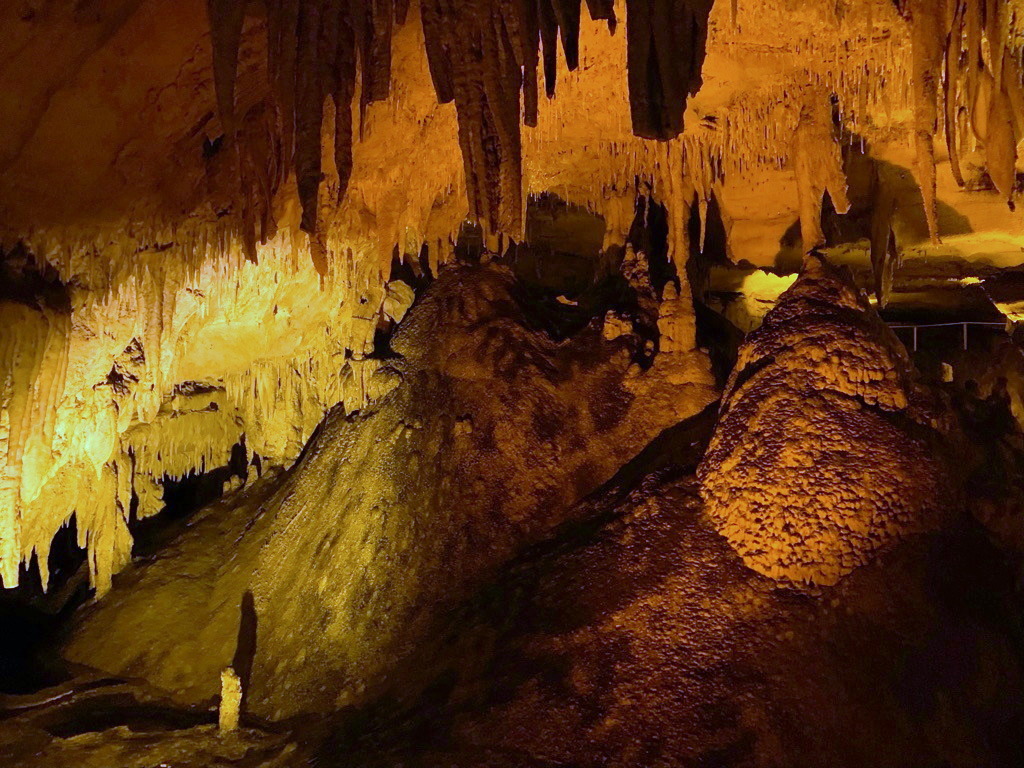
Mesa Verde (Colorado) – Not only do you have some nice hiking opportunities, but you’ll also learn some history at this park. Hundreds of years ago, the Ancestral Pueblos called this area home. This was the first national park to be recognized for “works of man”.
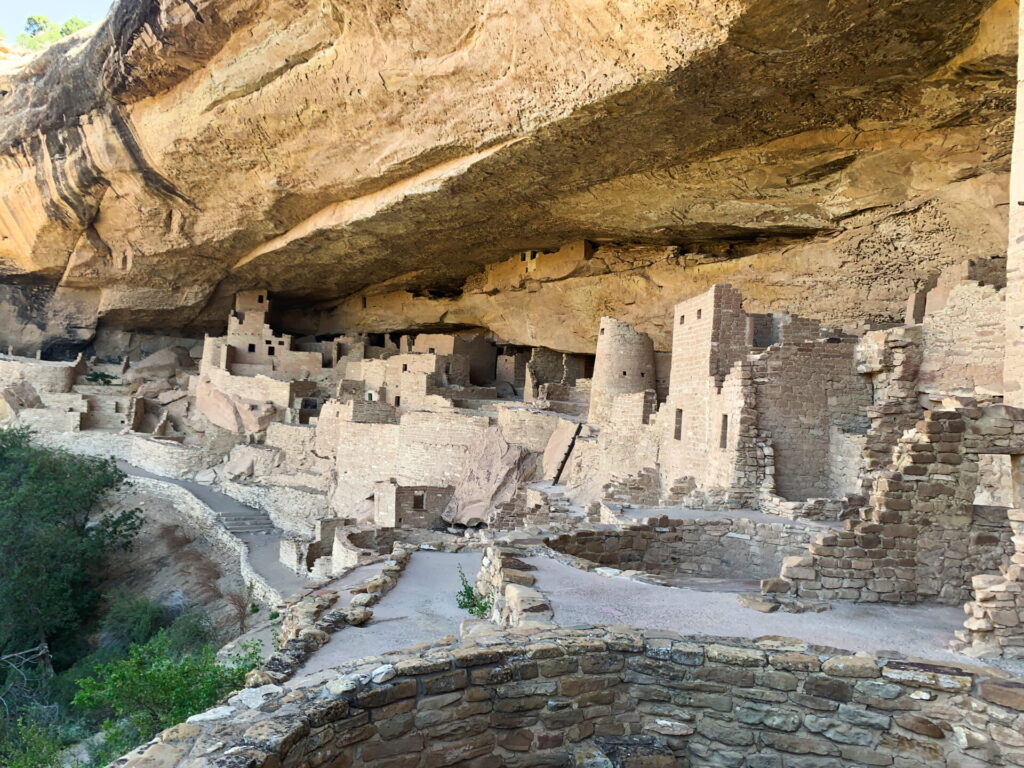
Mount Rainier (Washington) – With plenty of hiking opportunities and an amazing scenic drive, this is a great park for most travelers. It’s the fifth oldest park in the United States, predating the National Park Service. Plus, it’s the most glaciated park in the contiguous United States.
New River Gorge (West Virginia) – In 2020, this became the country’s newest national park. Additionally, this park is home to the New River, which is the oldest river in North America. Get out and hike for some amazing views.

North Cascades (Washington) – This park is home to more recorded plant species than any other park in the country. Be prepared to get off the beaten trail while hiking-this is one of the least visited parks in the country.
Olympic (Washington) – Olympic National Park is home to the Hoh Rainforest which gets 12 to 14 feet of rain per year – that’s more than the Amazon. Don’t just hike, but also look into climbing when you’re here.
Petrified Forest (Arizona) – The original, historic Route 66 once traversed this park. Do some hiking, check out the amazing landscapes (especially the TeePees), and learn about petrified wood.
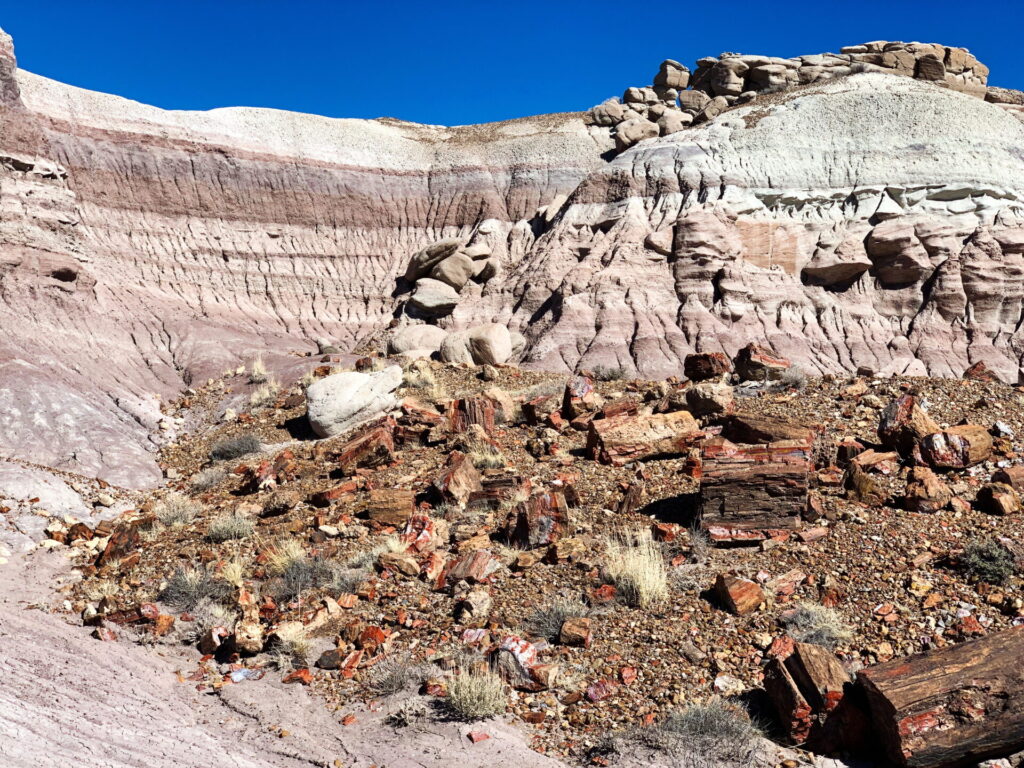
Pinnacles (California) – Another park focused on hiking, but don’t forget to keep an eye out for the endangered California condors.
Redwood (California) – The best thing to do here is to see the giant Redwood trees. These trees can grow over 300 feet tall–that’s taller than the Statue of Liberty.
Rocky Mountain (Colorado) – Here you’ll find the Alpine Visitor Center, which is the highest visitor center in any US national park at 11,796 feet above sea level. Plus, there’s over 300 miles of hiking trails to keep you busy.
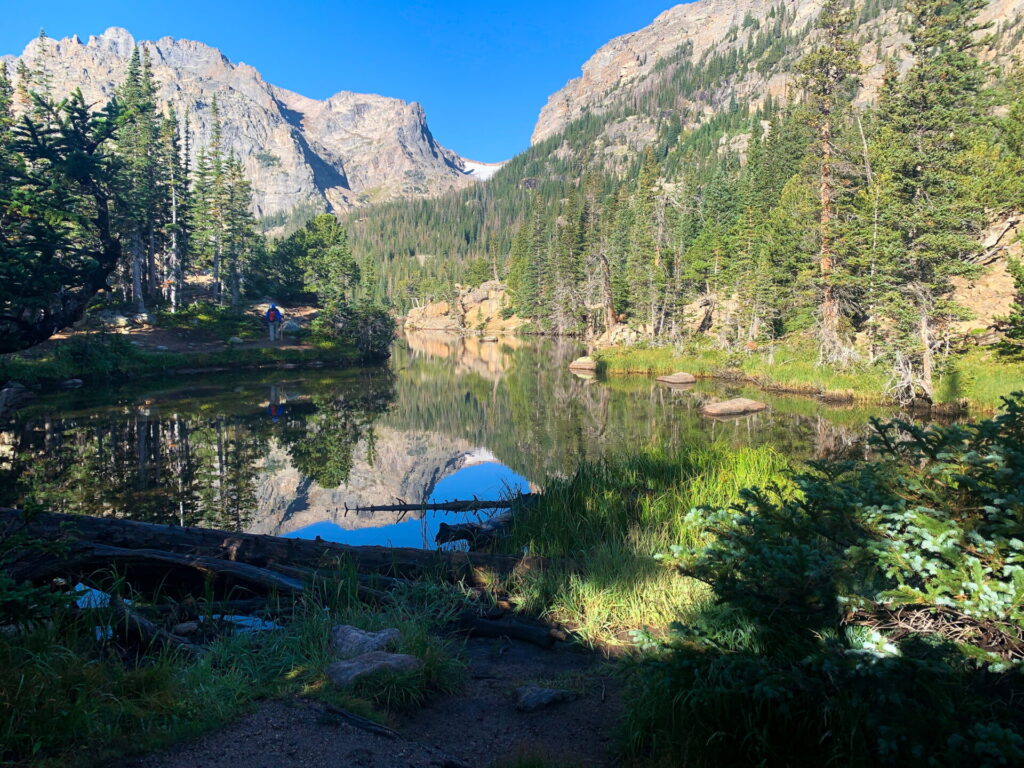
Saguaro (Arizona) – The Saguaro Cactus only grows in the Sonoran Desert, which is where you’ll find Saguaro National Park. Get out and hike to see these cacti up close.
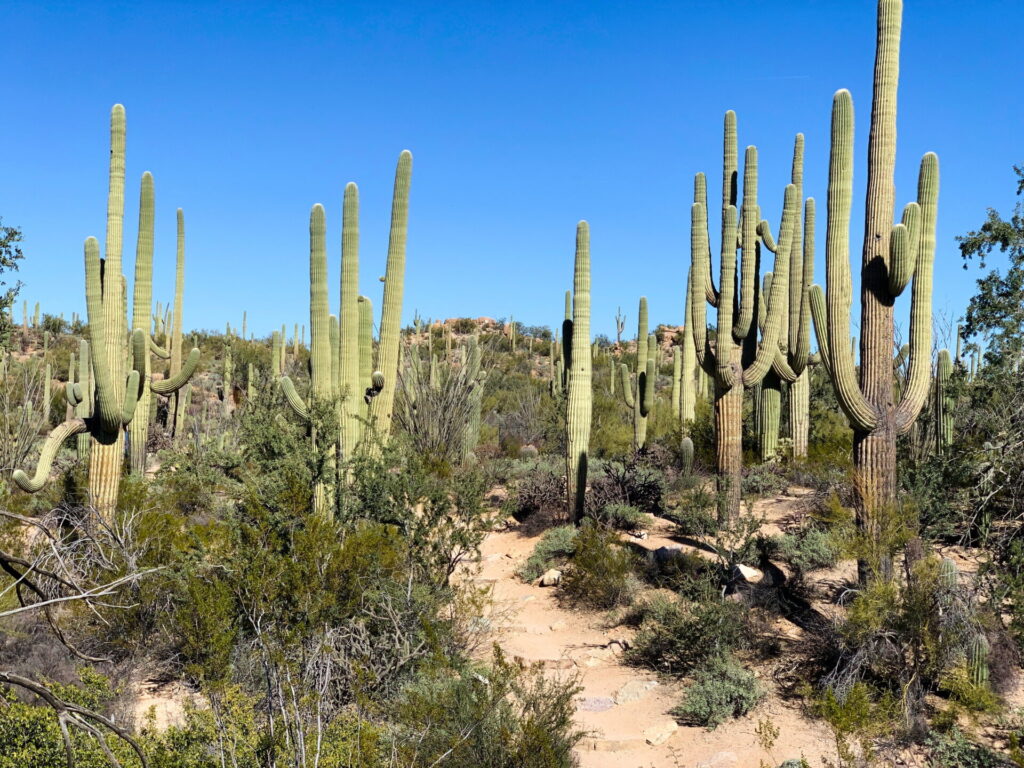
Sequoia (California) – Sequoia is home to General Sherman, the world’s tallest tree, measured by volume. Go hiking, but don’t forget to look up and take in these magnificent trees.
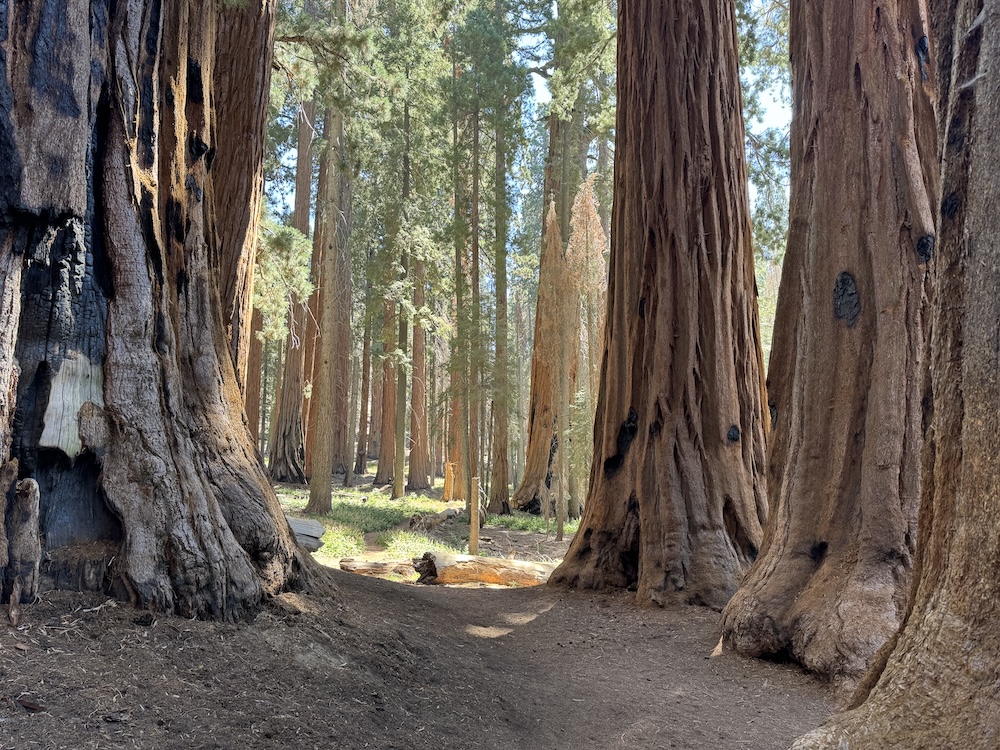
Shenandoah (Virginia) – The land that makes up this park has been inhabited for 9,000 years. Given that, it shouldn’t come as a shock to find out that Shenandoah was the first park to be formed from land from private owners. Go hiking or drive Skyline Drive which stretches all 100 miles through the park.
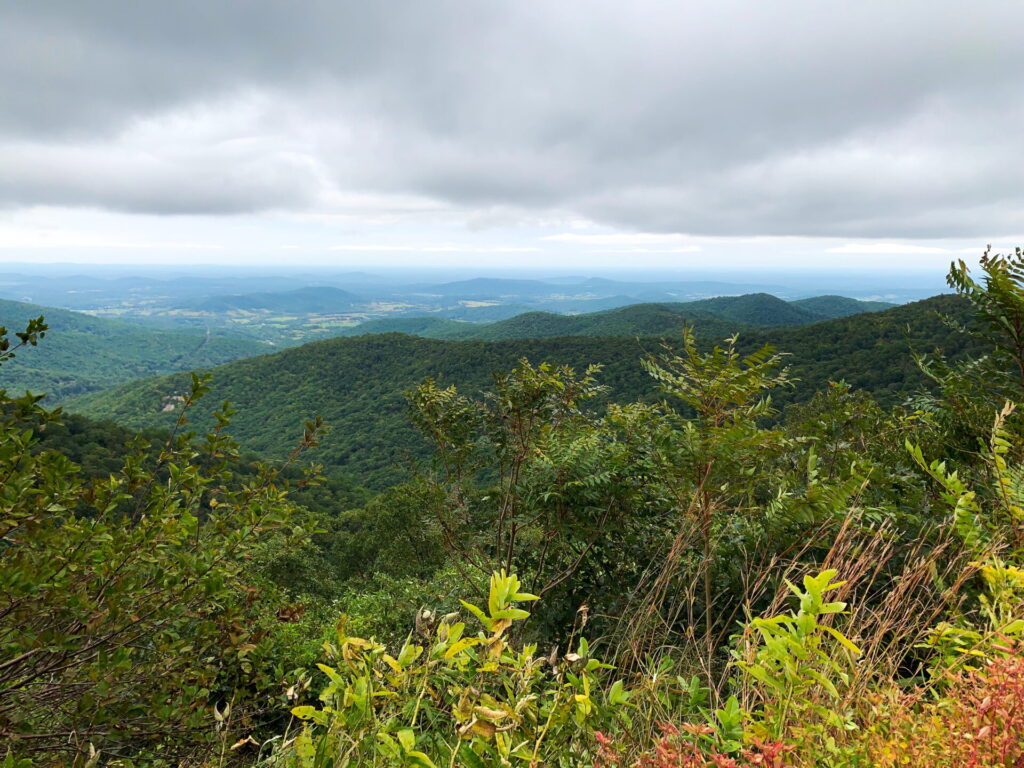
Theodore Roosevelt (North Dakota) – This is the only national park named after a person. Keep an eye out for animals here. You’ll find prairie dog towns, bison, elk, and so many more.
Virgin Islands (US Virgin Islands) – While you could hike one of the many trails here, why not follow the underwater snorkeling trail instead.
Voyageurs (Minnesota) – You’ll find over 300 miles of navigable waterways, making it perfect for boating. So rent a boat (or even a houseboat!) and get out on the water.
White Sands (New Mexico) – This national park protects the world’s largest gypsum dune fields. Walk out to the dunes and be amazed at how magnificent it looks.

Wind Cave (South Dakota) – This is the first cave to be designated a national park anywhere in the world. So why not take a guided tour of this fascinating cave to learn more?
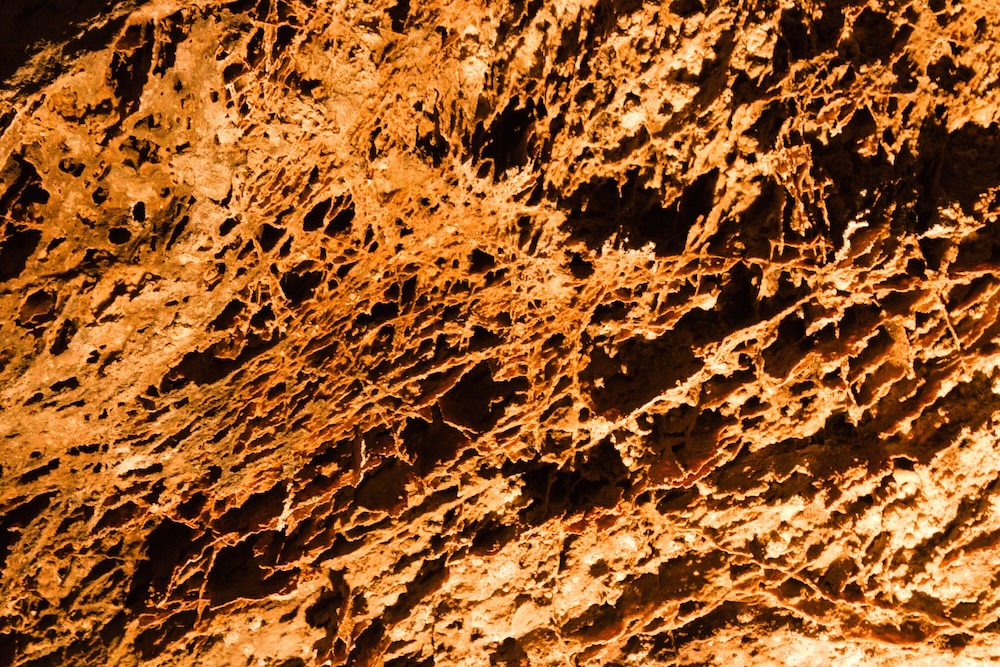
Wrangell St. Elias (Alaska) – At over 13 million acres, this national park is larger than the country of Switzerland. With that much land, there’s a lot to see and do. Hike, take a flightseeing tour, or drive one of the scenic routes in the park.
Yellowstone (Wyoming) – The first, and oldest, national park in the United States is famous for its hiking and its geysers, including Old Faithful.
Yosemite (California) – Enjoy some world class hiking and scenic views at Yosemite. Also make sure to check out some waterfalls on your visit. Three of the ten tallest waterfalls in the world are located in Yosemite National Park.
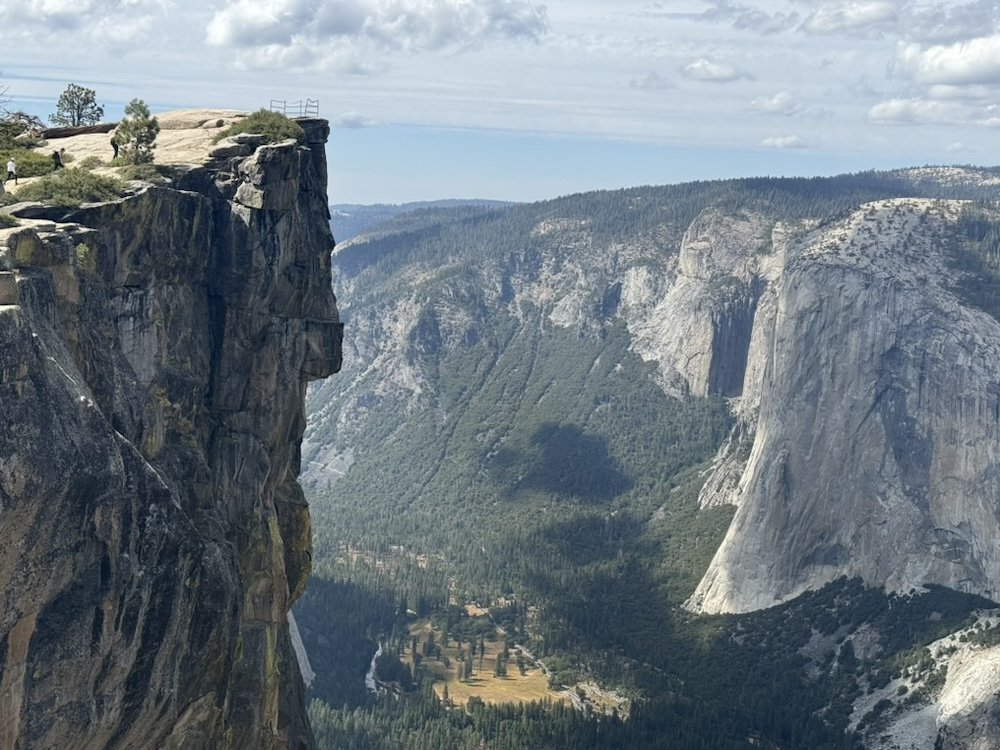
Zion (Utah) – One final hiker’s paradise for this list. You’ll find amazing views, challenging and adrenaline filled hikes, and one of the greatest feats of engineering at the Zion-Mt Carmel Highway.
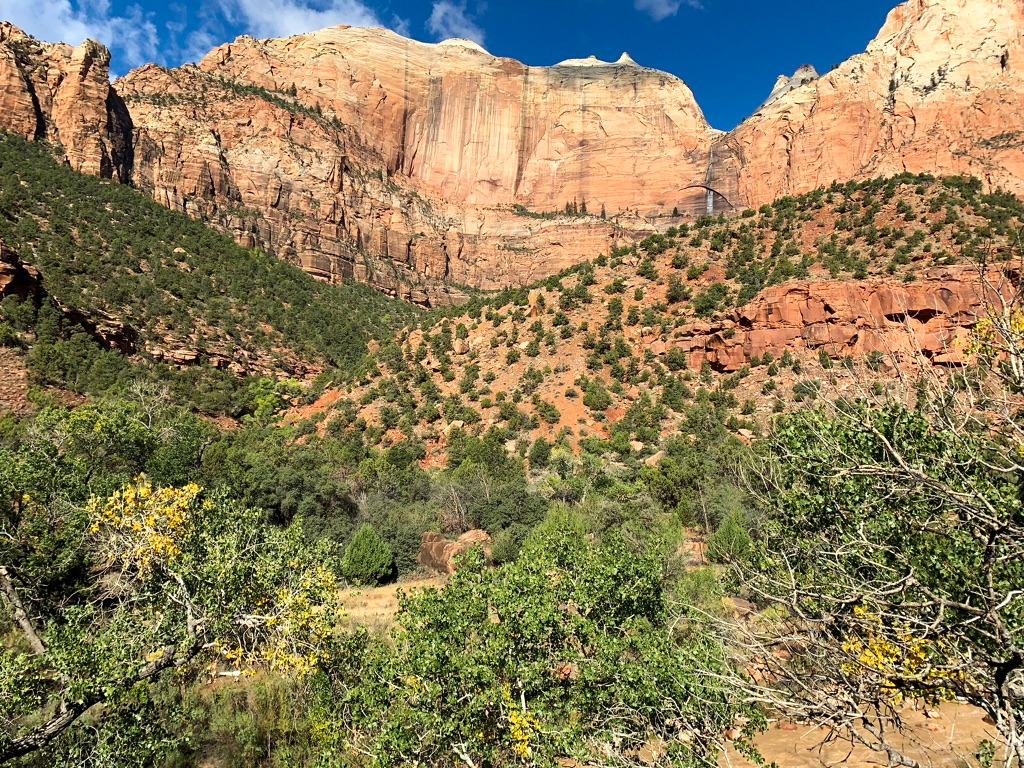
National Park Information
For more general information about US National Parks, check out these posts.
National Park Itineraries
All National Park Posts
Still not sure which national park you want to visit? Check out every US National Park post I’ve ever made.

